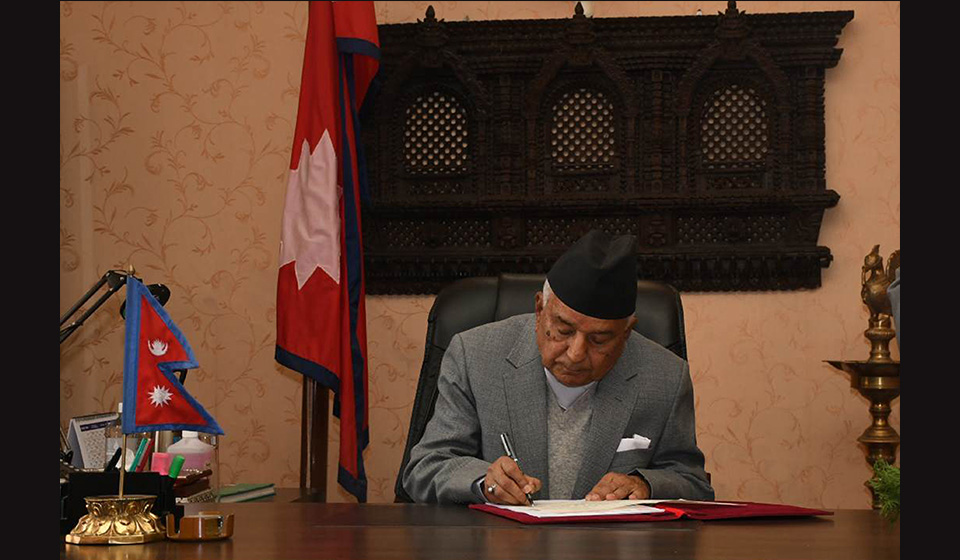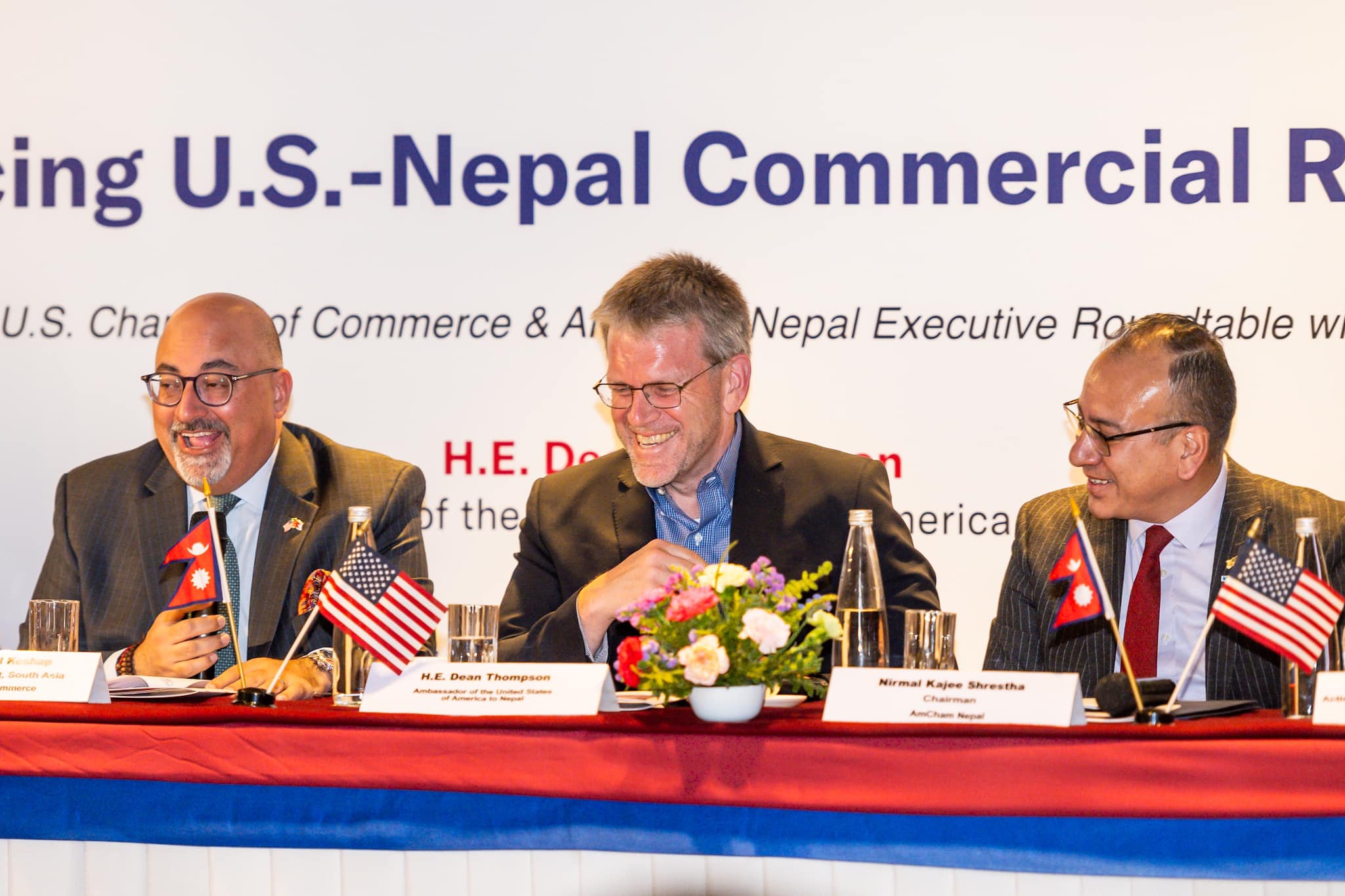
OR
Rethinking infrastructure at local levels
Published On: June 27, 2019 02:00 AM NPT By: Republica | @RepublicaNepal
After the federal and provincial governments unveiled their budget plans for upcoming fiscal year, most of the local governments made public the budget for the coming fiscal year on Tuesday. Kathmandu Metropolitan City has unveiled the biggest budget of Rs 15 billion, followed by Rs seven billion by Pokhara and Rs five billion each by Lalitpur and Bhaktapur. One good thing about it is that with all the three tiers of governments coming up with their income and expenditure plans, execution of federal governance is gaining momentum, albeit not in the level expected by people and envisioned by the constitution. The governments have exercised their respective fiscal powers and this will go a long way in institutionalizing the federal system. Most local governments have allocated major portions of their budgets for local infrastructure projects such as roads, bridges, parks and hospitals. They have revised house rent tax, vehicle charges and registration fees for business firms but their focus lies mainly on road infrastructures.
It is good that local governments have not followed the practice of allocating budgets for the elected representatives to spend on their discretion. This system has nearly become the matter of disgrace in our budgeting system and has rightly drawn criticisms from various quarters. Since local governments have to deal with local people directly, it is fair and just that they allocate money for local infrastructures such as roads and there is nothing wrong with it for Nepal’s villages need to be connected with road networks. But if one year of local governance practice has taught us anything it is that the focus on building roads and the perception that development means only roads has resulted in a number of troubles, including damage on ecology, natural resources and even human lives.
There is a kind of competition among local governments to speed up road building works. And in the process, they have ignored vital components such as engineering standards and survey designs. As a result the rural roads have become the subject of worry, even deaths. The jeep accident, which occurred last week in rural road of Bajhang district, in which ten persons lost their lives, offers a telling example. The road in question had been built without consulting the technicians. The locals were determined to push the road construction anyway, without conducting engineering studies. Now the members of users’ committee of that road regret building the ‘death trap.’ This is only one example. In most places, local government representatives have made it a point to purchase dozer from the budget and ram it through fragile geographical lands, making it the major cause of landslides and other ecological disasters. In the coming fiscal year, local governments have to ensure that development won’t lead to destruction. Now they have a lot of time for making feasibility study, engineering study and survey designs to ensure that road infrastructures are safe and sustainable. Local governments stand as the main pillar of Nepal’s federal system. If they wisely conduct development programs, they will not only be addressing people’s aspirations but also help sustain the whole system.
You May Like This

Probe budget misuse by users’ groups
Users’ groups have remained integral to Nepal’s local development initiatives. ... Read More...

Youths are killing themselves. Save them
What kills Nepalis? Nepal has markedly reduced maternal and child mortality rate and fewer people die because of lack of... Read More...

Make Nepal shine in Davos
Prime Minister K P Sharma Oli left for Davos, Switzerland on Sunday for the annual meeting of the World Economic... Read More...

Just In
- President Paudel issues ordinance related to facilitation of investment
- Hearing on Cricketer Lamichhane’s appeal today
- Nepal Investment Summit (live)
- Clear Policies Set to Boost American Investment in Nepal: US Ambassador Thompson
- Second T-20 series: Nepal loses toss, set to go for fielding first
- Nepal Investment Summit 2024 and Victor Hugo Moments for Reforms
- Kathmandu continues to top the chart of world’s most polluted cities
- 3rd Investment Summit: Govt seeking letters of intent for 20 projects






-1200x560-wm_20240427144118.jpg)









Leave A Comment